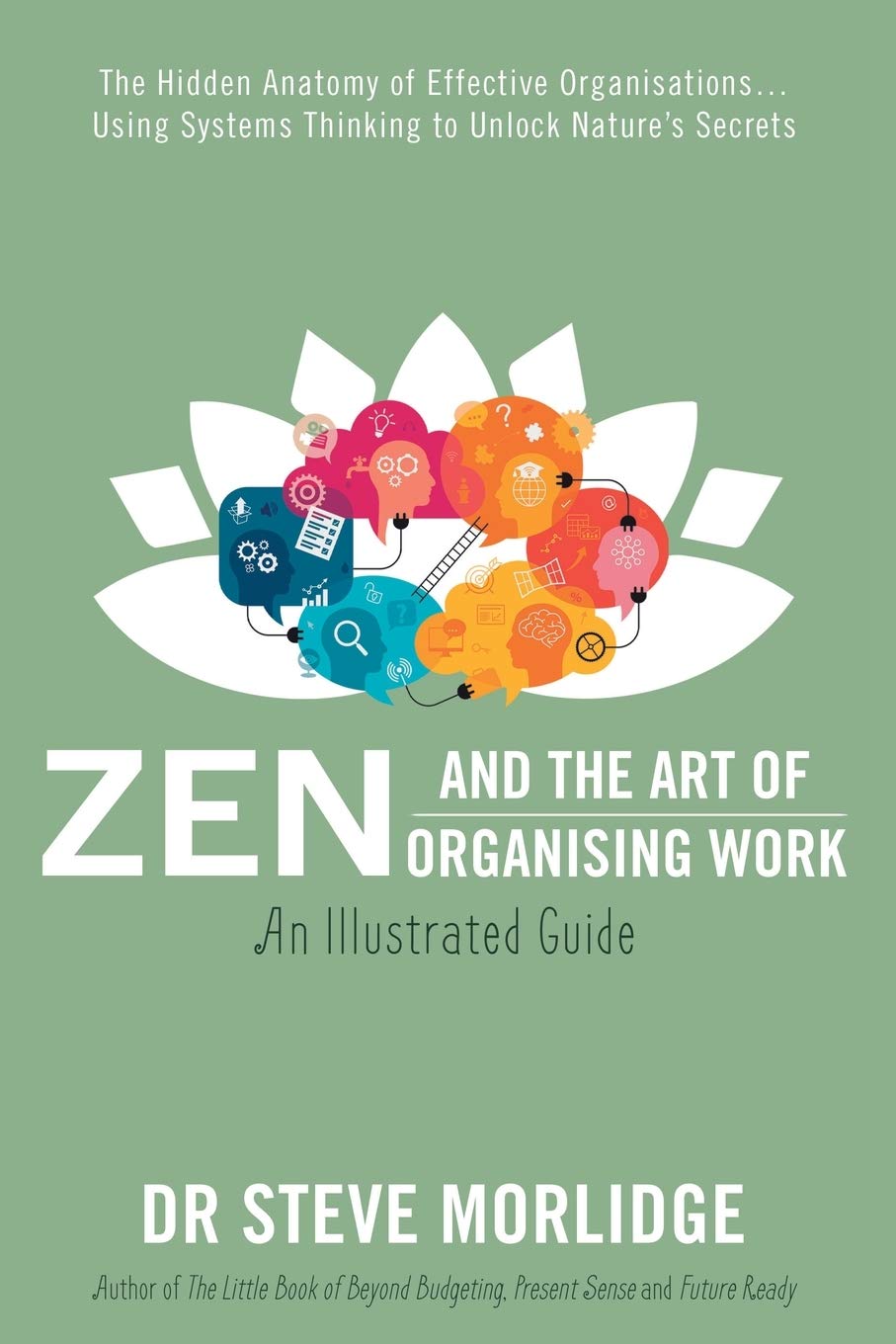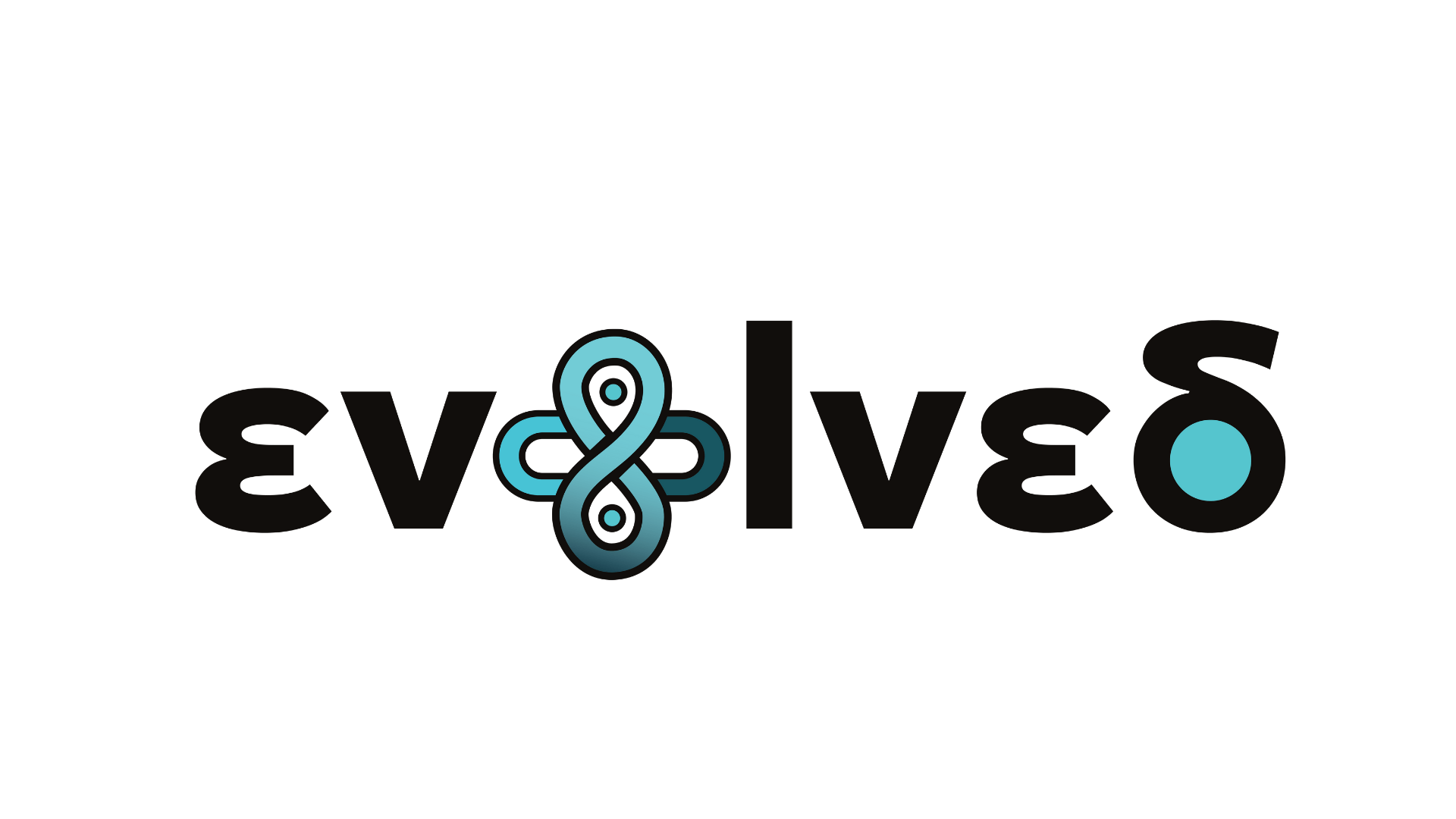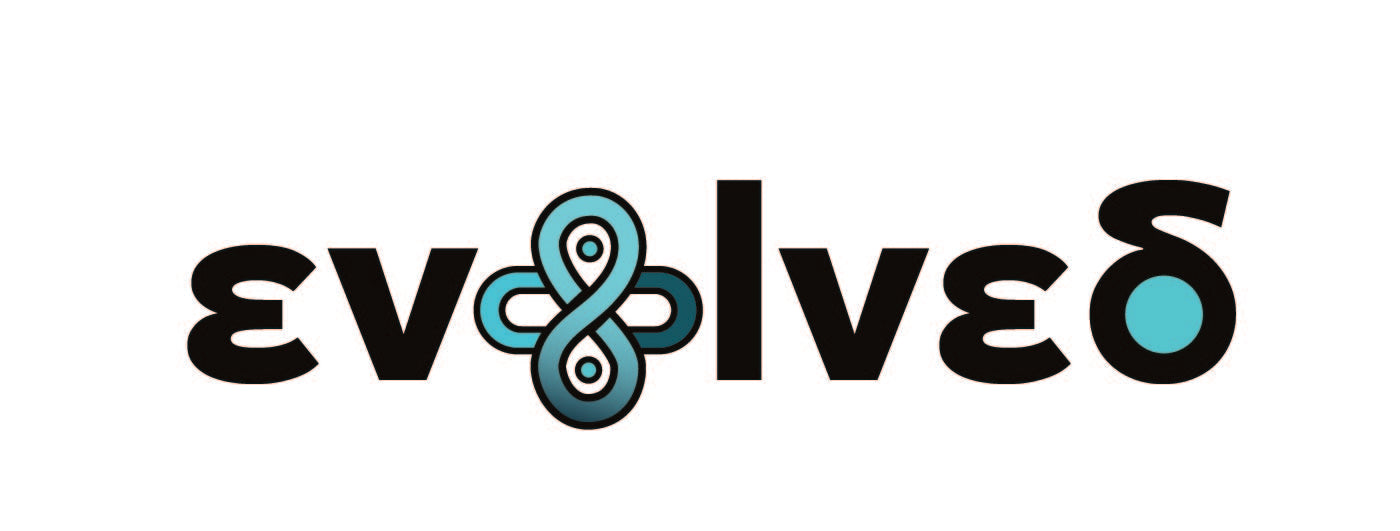Zen and the Art of Organising Work: an Illustrated Guide: The Hidden Anatomy of Effective Organisations… Using Systems Thinking to Unlock Nature’s Secrets

We live in times of unprecedented turbulence and uncertainty, and we are losing faith in our ability to organize ourselves to deal with it. The traditional ‘top-down’ functional hierarchy doesn’t feel as secure as it once did, and new generations of workers demand something more than the kind of life and career it is capable of offering.
But when we look for an alternative, we are faced with a miasma of competing claims for different organizing principles. Do we need to be purpose-led or profit-driven? Fixed or flexible? More centralized or decentralized? Hierarchical or networked? Agile or structured?
This situation is perilous. It is also unnatural—in a very fundamental sense—because it demonstrates that we have failed to learn nature’s tricks about how to survive and grow in any environment, no matter how turbulent and unpredictable.
The remedy prescribed in this book is not a choice between ‘this’ or ‘that’; it is about balance—or, more specifically, maintaining a set of balances that continuously shift to tame the complexity faced and created by organizations. Balance begets calm and poise. Calm and poise beget clarity of thought, decisiveness, and agility.
This book describes the balances organizations must strike to survive and thrive. It helps readers understand and make sense of organizational life's mess and muddle. It also helps design healthy workplaces and diagnose and cure diseased ones.
It can do this because the book is not a manifesto of hope and wishful thinking. It brings together decades of esoteric knowledge about systems and how they work in a form that is both accessible and practical. To a curious reader, it is the key to a world of ideas that have largely remained hidden. For a management practitioner, it provides a new perspective on familiar problems and a platform for action. It helps a leader see what is and what could be.
ISBN:- 1800463359; 978-1800463356
-
Books
- Agendashift: Outcome-oriented change and continuous transformation (2nd Edition)
- Agile People: A Radical Approach for HR & Managers (That Leads to Motivated Employees)
- Agile People Picturebook
- Becoming Coachable: Unleashing the Power of Executive Coaching to Transform Your Leadership and Life
- Beyond Command and Control
- Competitive Engineering
- Creating Agile Organizations: A Systemic Approach
- Cynefin - Weaving Sense-Making into the Fabric of Our World
- Evolutionary Project Management & Product Development
- Freedom from Command and Control
- Flight Levels: Leading Organizations with Business Agility
- Future Ready
- Large-Scale Scrum: More with Less (Addison-Wesley Signature Series (Cohn))
- Lean UX
- Managerial Breakthrough: A New Concept for the Manager's Job
- Mastering Leadership
- Nexus Framework for Scaling Scrum, The: Continuously Delivering an Integrated Product with Multiple Scrum Teams (The Professional Scrum Series)
- Out of the Crisis
- Pivot: Real Cut Through Stories by Experts at the Frontline of Agility and Transformation
- Playing to Win: How Strategy Really Works
- Present Sense: A Practical Guide to the Science of Measuring Performance and the Art of Communicating it, with the Brain in Mind
- Principles of Software Engineering Management
- Professional Product Owner
- Purpose Driven People: Creating business agility and sustainable growth
- Re-Creating the Corporation: A Design of Organizations for the 21st Century
- Scaling Leadership
- Sense and Respond: How Successful Organizations Listen to Customers and Create New Products Continuously
- Succeeding with OKRs in Agile: How to create & deliver objectives & key results for teams
- Systems Thinking in the Public Sector: The Failure of the Reform Regime. and a Manifesto for a Better Way
- The New Economics for Industry, Government, Education – Third Edition
- Team Topologies: Organizing Business and Technology Teams for Fast Flow
- The Collaboration Equation: Strong Professionals Strong Teams Strong Delivery
- The Little (illustrated) Book of Operational Forecasting: A short introduction to the practice and pitfalls of short term forecasting - and how to increase its value to the business P
- Transformed: Moving to the Product Operating Model (Silicon Valley Product Group)
- Triggers
- Unlocking Business Agility with Evidence-Based Management: Satisfy Customers and Improve Organizational Effectiveness (The Professional Scrum Series)
- The Professional Agile Leader: The Leader's Journey Toward Growing Mature Agile Teams and Organizations
- The Principles of Product Development Flow: Second Generation Lean Product Development
- unFIX
- Value Planning
- What Got You Here Won't Get You There: How successful people become even more successful
- Who Does What By How Much?: A Practical Guide to Customer-Centric OKRs
- Wholehearted: Engaging with Complexity in the Deliberately Adaptive Organisation
- Zen and the Art of Organising Work: an Illustrated Guide: The Hidden Anatomy of Effective Organisations… Using Systems Thinking to Unlock Nature’s Secrets

